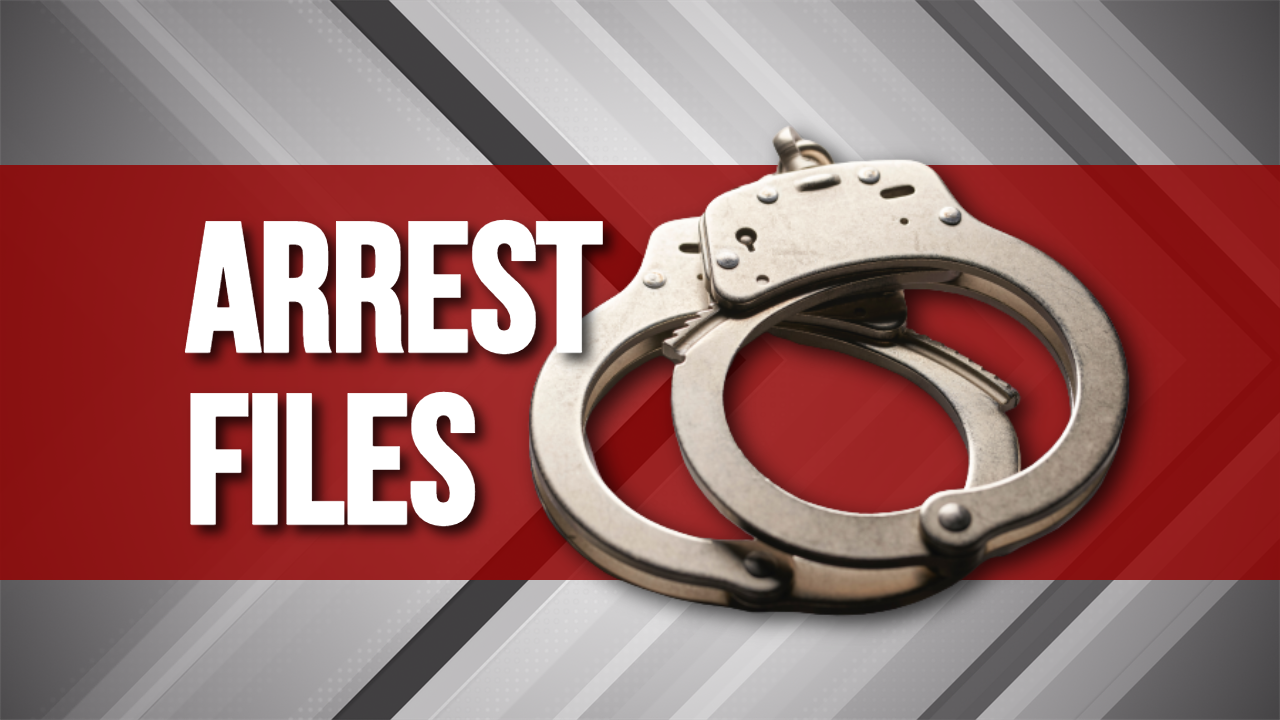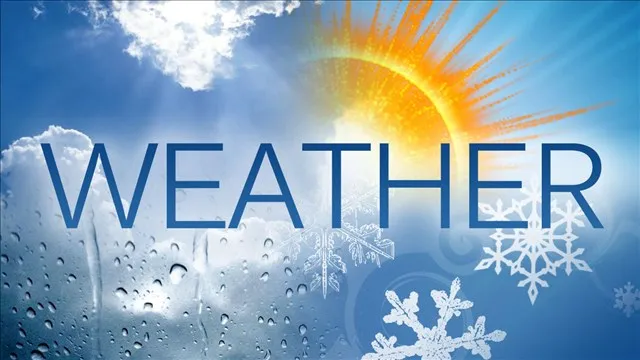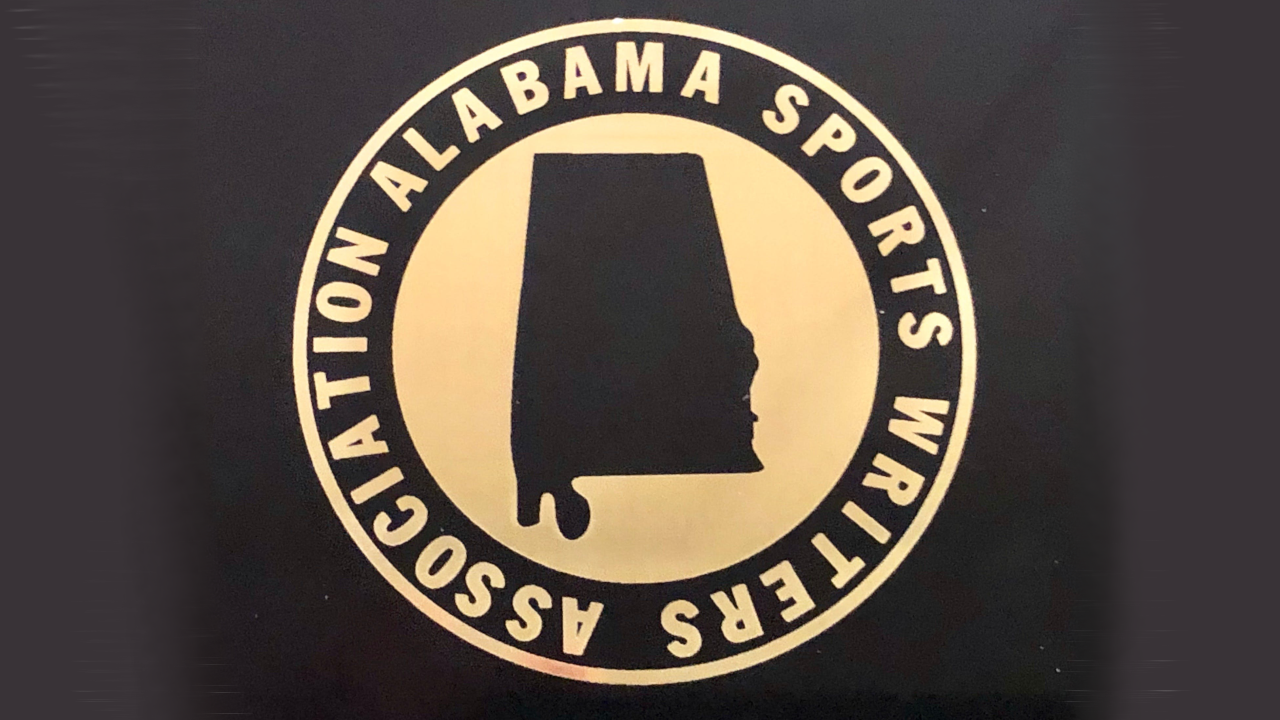
(COLUMBUS, Mont.) — Cleanup is continuing at the site where a train carrying potentially hazardous materials derailed into the Yellowstone River in Montana, according to officials.
The incident left multiple tankers in the Yellowstone River and decimated the railroad portion of the Yellowstone Twin River Bridges in Stillwater County, Montana. Officials have not indicated whether the derailment caused the bridge to collapse or whether the collapse precipitated the derailment.
Three of the railcars that derailed were carrying hot asphalt, and four were carrying molten sulfur, KC Williams, the director of Emergency Management for Yellowstone County, told ABC News.
Two impacted railcars were also carrying sodium hydro sulfate, a corrosive substance, but those substances did not enter the river, according to Montana Rail Link.
The site work and remediation that began Saturday evening continued into Sunday, Montana Rail Link Public Information Officer Andy Garland said in a statement. Track repairs have been made, enabling access to begin cleanup of the affected cars, Garland said.
Transloading of the sodium hydrosulfide car closest to the river was underway on Sunday morning, Garland said. The car remains safely out of the water and there has been no release involving this material.
“We continue to closely monitor all releases involving molten sulfur and asphalt and mitigating any impacts to the site and surrounding area,” Garland said. “Both of these substances harden and solidify quickly when interacting with water and modeling suggests that significant downstream movement of material is unlikely.”
Water sampling also began on Saturday and will continue throughout the incident, Garland said.
Drinking water in Yellowstone County is not currently affected, Williams said.
“The safety of our employees and the public remains our top priority,” MRL said. “We are committed to addressing any potential impacts to the area as a result of this incident and working to understand the reasons behind the accident.”
Montana Rail Link said in a statement Saturday that the incident happened around 6:45 a.m. local time while the train was traveling westbound near the town of Reed Point. Several cars remain in the river, including several hazmat cars, the railroad operator said. No crew members were injured in the incident according to MRL.
The cause of the derailment is under investigation, the operator said, with MRL personnel and first responders onsite. Montana Disaster and Emergency Services and the Environmental Protection Agency’s National Response Center have been notified, MLR said.
“We continue to work closely with MT DEQ, EPA, and other local, state, and federal partners in our cleanup, removal and restoration efforts as a unified command,” Garland said on Sunday. “Montana Rail Link remains committed to addressing any potential impacts to the area as a result of this incident.”
Local residents told ABC News that the river was running high after heavy rainfall over the last month, including a storm the prior evening.
“It’s completely muddy, so it’s bringing a lot of material down with it,” said John Counter, who lives roughly two miles from the collapsed bridge. “It’s running full banks right now.”
Counter added that the bridge included a portion for car traffic, which was removed recently. Yellowstone Public Radio reported in 2021 that the section of the bridge was removed after erosion made it a risk to the public.
The incident at Twin Bridges Road between the towns of Reed Point and Columbus has led to the closure of some public access points to the Yellowstone and Stillwater Rivers, the Montana Department of Fish, Wildlife and Parks said Saturday.
State officials are advising the public to avoid parts of the Yellowstone River due to “potential contaminants.”
While there is no immediate threat to Yellowstone County, the sheriff’s office said, the incident left some residents concerned about the vulnerability of their chief water supply.
“All of our water comes through the river for our wells and our irrigation and everything,” Couch told ABC News. “So it gets a little concerning when you have toxic stuff coming into your wells.”
Copyright © 2023, ABC Audio. All rights reserved.




